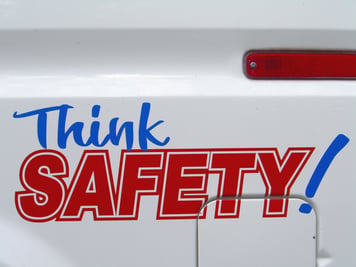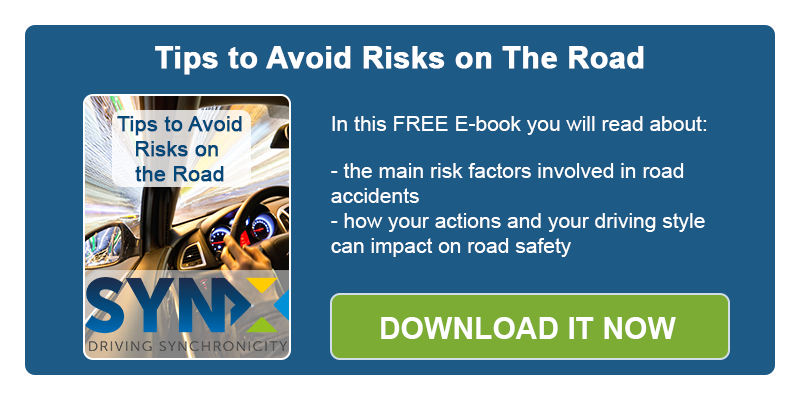
Businesses have started to introduce road safety programmes more and more frequently as safety becomes one of the hottest topics. Companies that are dependent on driving and transportation have come to terms with the fact that safety can no longer be overlooked; and that they have a commitment to their staff and collaborators, their customers, the communities where they are most active, as well as other road users. Moreover, there are legal imperatives that have to be respected in order to remain compliant and avoid sanctions that could impact on fleet costs.
The biggest operational risk for companies (that run multiple vehicles or full fleets), invariably involves those vehicles in transit, whether on a public highway or company premises. So the road safety program should focus on all aspects related to driving.
But what steps does a company take in order to implement an effective road safety strategy?
The European Transport Safety Council, active with the PRAISE project (Preventing Road Accidents and Injuries for the Safety of Employees) recently published a case study on how the company Unilever Poland successfully introduced a road safety program into its fleet of 650 drivers and has been able to reduce the driving injury incidents from 5 (year 2011) to 0 (2014 and 2015) as well as the non injury incidents, from 431 in 2011 to 42 in 2015.
In order to reach this target, Unilever Poland initiated a series of steps promoting road safety:
1 – the creation of a safe driving committee;
2 – the safe driving committee drafted a list of “golden rules” to be respected—simple clear lifesaving rules that aimed at creating a safe driving culture in the company—e.g. the use of seat belts and the ban of alcohol, phone use behind the wheel and speeding;
3 – communication and education through campaigns such as brochures, safety moments, the creation of drivers’ handbooks and the sharing of lessons learned from accidents;
4 – training programs for all drivers, plus special ones for high risk drivers;
5 – the monitoring of drivers through specific checks in order to check their reaction times and their physical health;
6 – the monitoring of dangerous driving through GPS technology;
7 – a safe driving competition which rewards every driver that travels 70,000km with no traffic fine or collisions.




